The tricky, tinkling sounds of the European goldfinch run through both their song and contact calls, and are given incessantly in flight and when perched.
Goldfinches are birds of scrub, hedgerow and open woodland, that have gone from occasional visitors to gardens to one of the commonest species recorded.
This seems at least partly due to trends in garden feeding. Goldfinches aren’t too keen on peanuts but they love sunflower hearts and nyjer seed, which are now deployed by many people to attract them.
If you’re seeing a goldfinch at eye level through the kitchen window, they are not hard to identify.
Adult females and males are much alike, in their combination of scarlet, yellow, tan, black and white. As they fly the broad gold flash across each wing is distinctive.
However, when not hanging around at the feeding station, goldfinches are often high in the trees and much less easy to see. That’s when the quizzical, tinkling sounds are often the best clue to their presence.
If Christmas decorations had the power of speech, presumably they would sound something like this: tinsel, bells and glitter.
The noises they make are perhaps most easily confused with those of other finches.
In wooded areas and gardens the closest is generally greenfinch. Goldfinches can trill rather like a greenfinch, but overall their song is faster and more chaotic, and it lacks that distinctive drawn out sneering that the greenfinch likes to throw in.
In more open country, linnets are a possible confusion. These finches also sing with a rush of sweet notes and quizzical buzzes, and like goldfinches they can often be found in small groups, even during the breeding season.
In the summer, one way to get familiar with goldfinches by sight and sound is to hang about near a patch of thistles.
A flock of goldfinches is known as a ‘charm’. Chances are a charm of goldfinches will appear, sooner or later, at almost any patch of seedy thistles, and the birds invariably signal their arrival with their festive noises.
With a little patience, prolonged views are often possible as they flit between the seed heads, the ground and the nearest hedge. They can’t help but call whenever they take off together, and whirl around in large circles with their bouyant flight.
Or if you have a garden, a simple alternative may be to let your dandelions grow. Goldfinches can appear just as magically as the dandelion heads do in an unmown lawn.
European goldfinches are found across most of Europe and into North Africa and the Middle East. They have also been introduced to Australia, New Zealand and areas of South America. For more on their ecology in the UK visit the BTO website. For the American goldfinch (not closely related), see All About Birds.
Next week: Shrike of the Week
🔗 Links of the Week
Nature Overheard - a couple of weeks ago I was susprised by a singing nightingale next to our local dual carriageway. But how does road noise affect the behaviour of insects?
That’s the subject of a project from the Natural History Museum, which is recruiting volunteers in the UK to record roadside sounds and insects. Find out how to take part.
The chicks on view via this camera in Denmark look close to leaving the nest. Now’s a good time to see their screen-filling fluff and to listen to their distinctive squeaky whisper call - a good one to listen for in the woods over the coming weeks.
Thanks for reading and listening.
This is instalment #20 in 2024’s cycle of Shriek of the Week. You can catch up with Tree Pipit, Blue Tit, Reed Warbler, Cuckoo, Willow Warbler, Swallow, Green Woodpecker, Blackcap, Nuthatch, Starling, Chiffchaff, Collared Dove, Wren, Dunnock, Great Spotted Woodpecker, Robin, Great Tit, Song Thrush and Blackbird.
~ Charlie
Events coming up:
IN PERSON Learn birdsong with me in Brighton, UK - hear firecrests, warblers, and woodpeckers for our final half-day birdsong ID workshop of 2024 in Stanmer Park on the edge of Brighton. **rescheduled to Saturday 8 June**
Totally fabulous event… Really appreciate your warm human gentle teaching - thank you.
- Maggie in Brighton, March 2024
FREE Birding Across the Pond - sharing stories and sounds from either side of the Atlantic, with the team at BirdNote. Free on Zoom, Thursday 23 April, 7.30pm BST
Thanks as ever to Fintan O’Brien, who provided the sound of linnets in the recorded version of this post. Listen to his many wonderful recordings on Soundcloud.

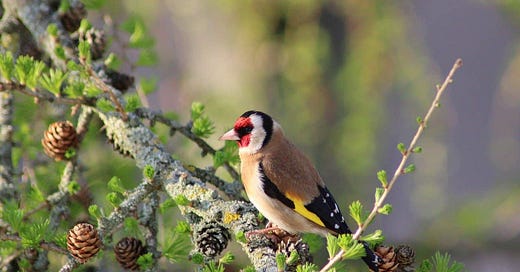
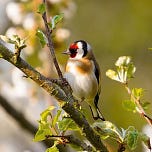


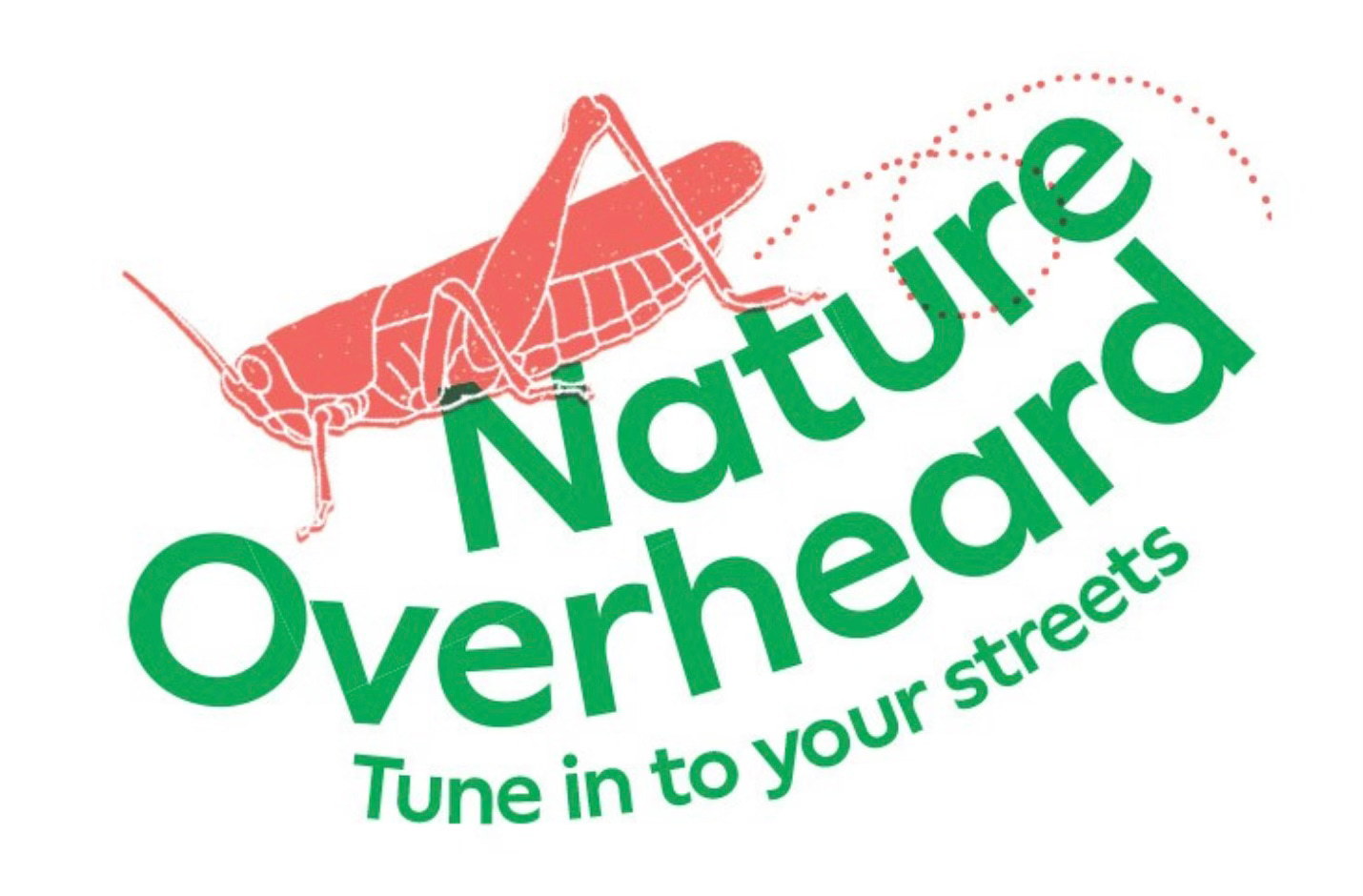


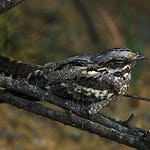
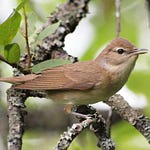

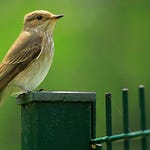


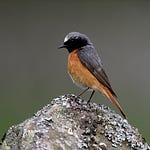
Share this post